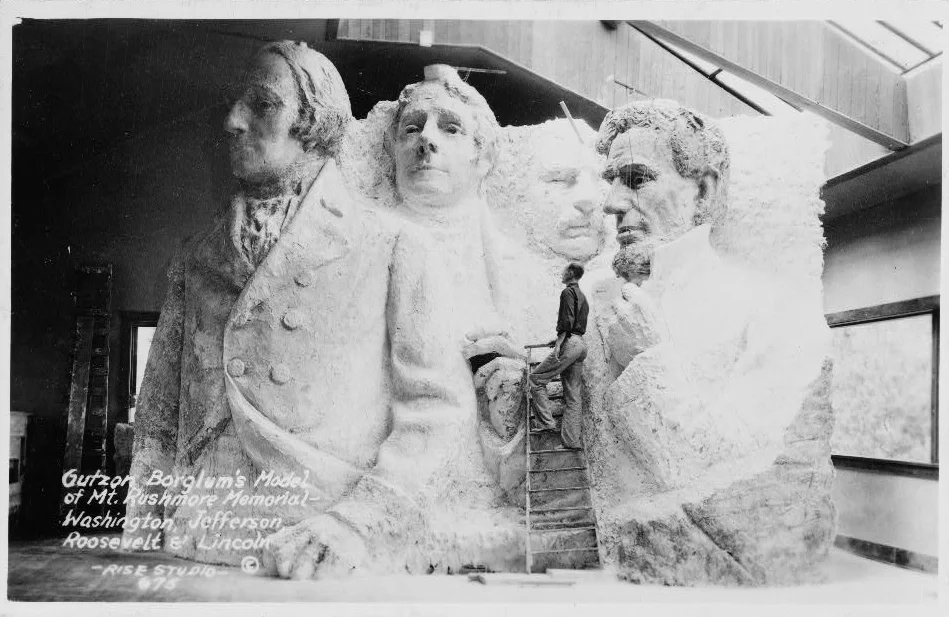“There’s Still Life in the Old Boys Yet!,” a newspaper article emphatically exclaimed. An accompanying photograph portrayed Union veteran Tim Flaherty, well into his nineties, dancing a jig for his comrades. The year was 1938, the July heat sweltering, and the final grand reunion of the blue and gray well underway. Seventy-five years after the battle of Gettysburg, 1,845 veterans were able to reach the rolling hills of southern Pennsylvania to once more commemorate the defining four years of their generation.
However, this reunion was different than the others.
Read More











